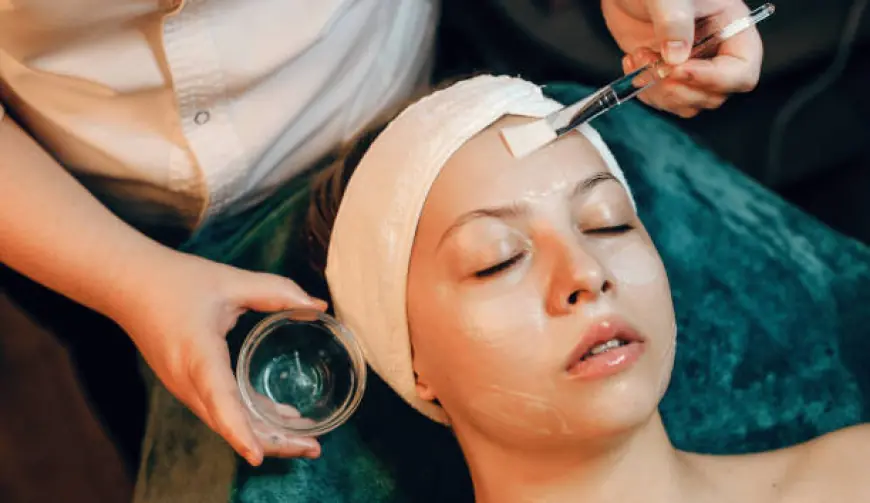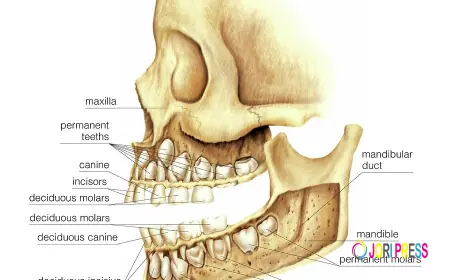Chemical Peels in Riyadh: What to Expect
This guide dives into chemical peels in Riyadh, breaking down how they work, what the experience is like, and how you can make the most out of your skincare investment.

Skincare routines are evolving rapidly, and among the most effective treatments gaining popularity is the chemical peel. Whether you’re struggling with acne scars, fine lines, uneven tone, or dullness, this treatment offers noticeable improvements. For those living in or visiting Riyadh, chemical peels are becoming a top choice for refreshing the skin in a climate that can be harsh and dehydrating. But what exactly should you expect from the procedure?
This guide dives into chemical peels in Riyadh, breaking down how they work, what the experience is like, and how you can make the most out of your skincare investment.
What Are Chemical Peels?
Chemical peels are dermatological treatments designed to exfoliate the top layer(s) of skin using carefully applied acid solutions. These solutions help remove dead skin cells, stimulate cell turnover, and reveal smoother, brighter, and healthier-looking skin underneath.
Depending on your skin goals, chemical peels can be:
-
Light (for surface-level brightness),
-
Medium (for deeper pigment and acne scars), or
-
Deep (for more intensive anti-aging or skin damage concerns).
Each type comes with varying levels of peeling, redness, and downtime, which your provider will explain based on your skin’s condition and your treatment goals.
Why Consider Chemical Peels in Riyadh?
The arid climate and constant exposure to sun and pollution in Riyadh can lead to premature aging, hyperpigmentation, and breakouts. These environmental factors make chemical peels in Riyadh especially beneficial for residents and frequent visitors.
Here’s why many are turning to this solution:
-
It helps remove layers of sun-damaged skin.
-
It improves hydration by removing rough patches.
-
It targets clogged pores and acne issues exacerbated by dust.
-
It enhances skin tone affected by dry desert air.
This makes it a particularly appealing treatment for Riyadh’s climate, offering long-term rejuvenation with a relatively quick procedure.
The Consultation Process
Before undergoing a chemical peel, an initial consultation is necessary. The dermatologist will evaluate your skin type, current skin condition, and medical history to ensure the procedure is safe and tailored to your needs.
You may be asked questions like:
-
Do you have a history of sensitive skin?
-
Are you using any medications like retinoids?
-
Do you have any upcoming events or travel plans?
This is also the time to set realistic expectations and decide which type of peel (light, medium, or deep) best fits your skincare goals.
Types of Peels Available in Riyadh
Light Peels
These are often fruit acid or glycolic acid-based and are ideal for first-timers. They treat minor texture issues and dullness with little to no downtime.
Medium Peels
Usually formulated with TCA (trichloroacetic acid), these target deeper pigmentation, moderate acne scars, and early signs of aging.
Deep Peels
These use stronger agents like phenol and require the most downtime. They're reserved for serious skin concerns like deep wrinkles or significant discoloration.
Each of these options is widely available through experienced dermatologists in Riyadh, with tailored formulations to accommodate regional skin types and concerns.
What Happens During the Procedure?
The procedure is typically quick and straightforward, lasting between 30 to 90 minutes, depending on the peel's depth.
Step-by-Step Process:
-
Cleansing: Your skin is cleaned thoroughly to remove oils and debris.
-
Application: The acid solution is applied evenly over your face. A tingling or warming sensation is normal.
-
Neutralization: For some peels, a neutralizer is applied to stop the reaction.
-
Post-care products: Soothing creams, sunscreen, and hydrating serums are applied to protect the skin.
The dermatologist will monitor your skin throughout and may fan your face or use cool compresses if needed.
What to Expect After the Treatment
The most common reaction after a peel is peeling (as the name suggests). However, the degree of flaking or peeling varies depending on the strength of the treatment.
Common Side Effects:
-
Redness and tightness for the first 24–48 hours
-
Light flaking for 3–7 days (for mild peels)
-
Moderate peeling and pink skin for 7–14 days (for medium peels)
-
Swelling and significant shedding for deep peels (up to 3 weeks)
Proper aftercare is crucial to minimize side effects and enhance results.
Aftercare Tips for Better Results
Taking care of your skin post-treatment ensures a smooth healing process and longer-lasting benefits.
Key Aftercare Guidelines:
-
Hydrate generously using fragrance-free moisturizers.
-
Avoid direct sun exposure and wear broad-spectrum sunscreen daily.
-
Don’t pick or peel the shedding skin to avoid scarring.
-
Avoid active ingredients (retinols, AHAs, etc.) for at least one week.
Following these steps will support your skin’s recovery and help you enjoy smoother, brighter, and more youthful skin.
Expected Results from Chemical Peels
You may start noticing improvements within a few days to a week, depending on the peel depth. Light peels show subtle glow, while deeper peels reveal more dramatic results like reduction in wrinkles, scars, and hyperpigmentation.
Chemical peels in Riyadh are often scheduled as a series (every 4–6 weeks) for cumulative improvements, especially for those managing long-term conditions like melasma or acne.
Are Chemical Peels Safe for All Skin Types?
While effective for most, some skin types require special consideration. Darker skin tones may be more prone to post-inflammatory hyperpigmentation if treated too aggressively.
Best Practices for Sensitive or Darker Skin:
-
Choose milder peels with lactic or mandelic acid.
-
Space treatments further apart.
-
Perform a patch test before full application.
Always ensure your provider is experienced in treating diverse skin types for the safest experience.
How to Prepare for a Chemical Peel in Riyadh
Proper preparation enhances the treatment’s efficacy and reduces the risk of irritation.
Pre-Treatment Tips:
-
Avoid waxing, laser treatments, or exfoliants for a week before your appointment.
-
Discontinue retinol use 3–5 days prior.
-
Inform your provider if you’ve had cold sores (antivirals may be prescribed).
The more careful your prep, the smoother the treatment and recovery.
Combining Chemical Peels with Other Treatments
Many people in Riyadh pair chemical peels with other skincare treatments like HydraFacials, microneedling, or PRP for enhanced effects.
Popular Combinations:
-
Peel + HydraFacial: For cleansing and resurfacing.
-
Peel + PRP (Vampire Facial): For collagen boosting.
-
Peel + Laser Toning: For pigmentation and tone correction.
Ask your dermatologist if combination therapy is right for your skin goals.
Frequently Asked Questions
❓ What’s the best season to get a chemical peel in Riyadh?
Answer: Winter and early spring are ideal, as the cooler weather and lower UV levels reduce post-treatment sun sensitivity. However, you can get them year-round with strict sun protection.
❓ How long does it take to see results from a chemical peel?
Answer: Light peels offer visible glow in 3–7 days, while medium to deep peels may take 10–21 days to reveal full results. Consistent treatments yield cumulative benefits.
❓ Can I wear makeup after a chemical peel?
Answer: You should avoid makeup for at least 24–72 hours post-treatment, especially for deeper peels. Once the peeling subsides and skin feels healed, makeup can be resumed.
❓ Are chemical peels painful?
Answer: Most clients describe the feeling as a mild tingling or stinging sensation during the procedure, not painful. Deep peels may require numbing or sedation depending on depth.
Final Thoughts
For anyone seeking smooth, radiant, and youthful skin, chemical peels in Riyadh offer a science-backed, customizable solution. Whether you're addressing acne scars, sun damage, or dullness, the procedure is quick, safe, and effective when done by qualified professionals.
What's Your Reaction?
 Like
0
Like
0
 Dislike
0
Dislike
0
 Love
0
Love
0
 Funny
0
Funny
0
 Angry
0
Angry
0
 Sad
0
Sad
0
 Wow
0
Wow
0


















































